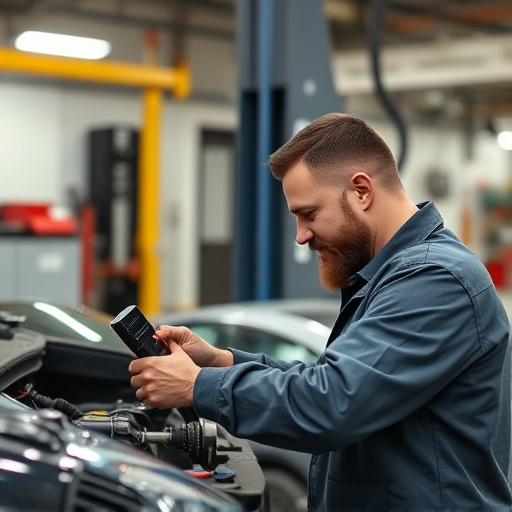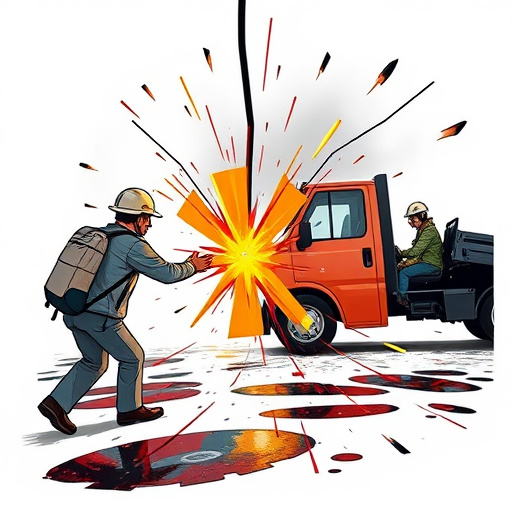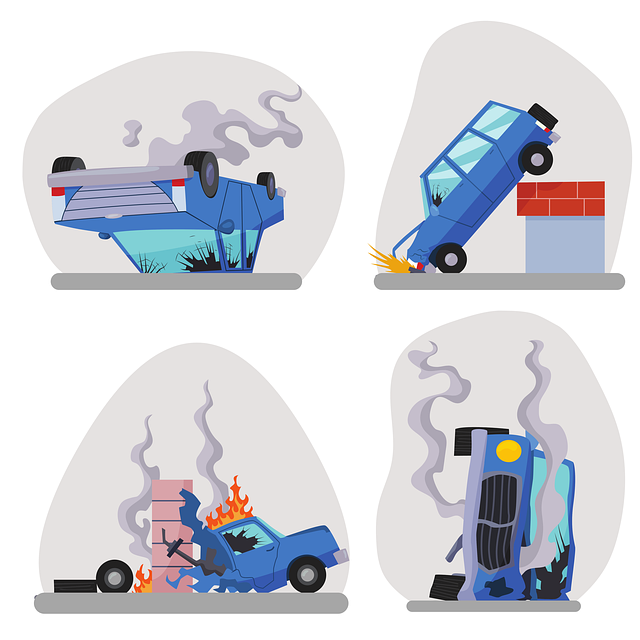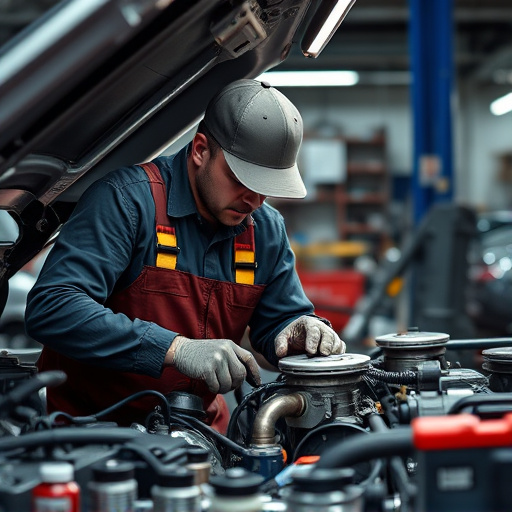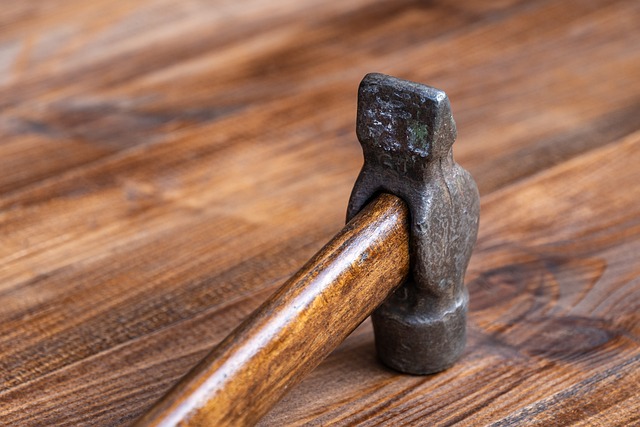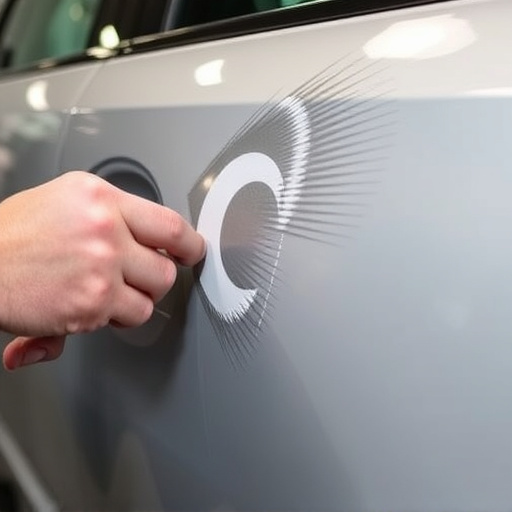Direct Repair Programs (DRPs) are strategic alliances between insurers and auto body shops, streamlining car body repairs by enabling direct communication and access to claim details. Insurance adjusters play a crucial role in assessing damage, providing estimates, and ensuring high-quality repairs. DRPs benefit policyholders with faster repairs and trusted shops, while offering specialized workflows for shops, but present challenges of adapting to insurer guidelines and network management for insurers.
In today’s digital era, auto body shops increasingly participate in Direct Repair Programs (DRPs) facilitated by insurance adjusters. This article delves into the critical role insurance adjusters play in streamlining DRPs, enhancing collaboration between insurers and auto body shops. We explore the key responsibilities of adjusters within these programs, dissect benefits and challenges for both parties, and provide insights on navigating this evolving landscape to ensure efficient vehicle repairs and customer satisfaction.
- Understanding Direct Repair Programs (DRPs) in Auto Body Shops
- The Insurance Adjuster's Key Responsibilities in DRPs
- Benefits and Challenges for Auto Body Shops and Insurers in DRPs
Understanding Direct Repair Programs (DRPs) in Auto Body Shops

Direct Repair Programs (DRPs) are partnerships between insurance companies and auto body shops that streamline the car body repair process. These programs aim to simplify and expedite the claim settlement procedure, offering a more convenient experience for both policyholders and shop owners. By enrolling in an DRP, an auto body shop becomes an approved repair center for specific insurance carriers, allowing them to directly communicate with adjusters and access necessary information about claims efficiently.
This collaboration benefits all parties involved; policyholders receive faster repairs at trusted facilities, while auto body shops gain direct communication channels with insurers, ensuring a smoother workflow. The program typically involves clear guidelines on pricing, parts standards, and repair procedures, fostering transparency and quality control in the auto body repair sector.
The Insurance Adjuster's Key Responsibilities in DRPs
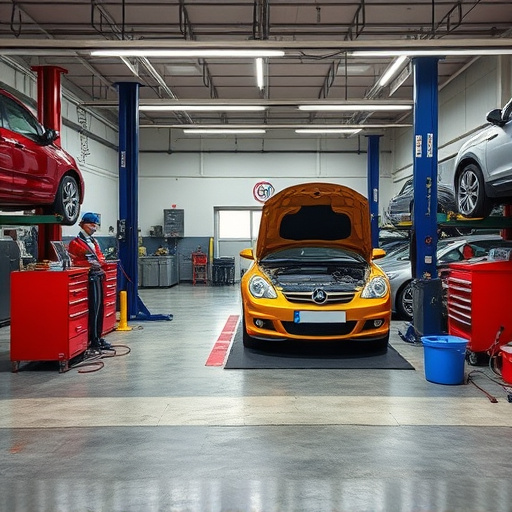
In Direct Repair Programs (DRPs), the insurance adjuster plays a pivotal role in ensuring efficient and effective vehicle repairs. Their key responsibilities include facilitating communication between auto body shops, insurance companies, and policyholders, acting as an intermediary to streamline the claims process. Adjusters assess damage, determine repair estimates, and approve or deny claims, balancing the need for quality automotive collision repair with cost-efficiency.
They also collaborate closely with auto body shop specialists, ensuring that repairs meet insurance standards and guidelines. By managing expectations and providing clear instructions, adjusters help auto body shops deliver top-notch bumper repair and other vehicle repair services. This collaborative approach not only expedites the claims settlement process but also guarantees customer satisfaction through accurate and timely repairs.
Benefits and Challenges for Auto Body Shops and Insurers in DRPs
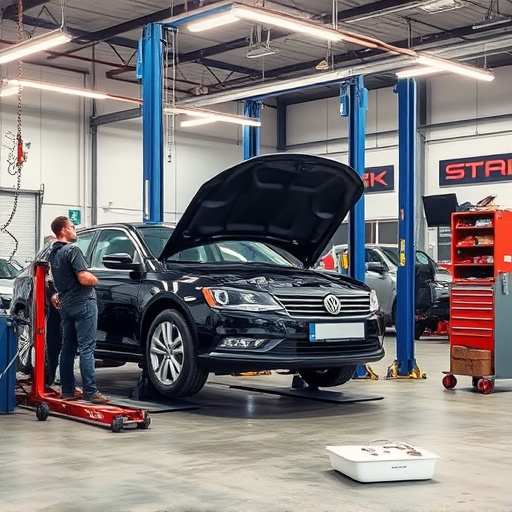
Direct Repair Programs (DRPs) have transformed the relationship between insurance adjusters and auto body shops, offering several advantages for both parties. For auto body shops, DRPs provide a steady stream of business as they are exclusively partnered with specific insurers to handle repairs. This ensures a consistent customer base, allowing shops to specialize in various auto body repair services, including complex damage restoration. Additionally, DRPs often come with efficient communication channels, ensuring quick approval times for estimates and streamlining the claims process.
However, challenges exist for both auto body shops and insurers. Shops must adapt to the insurer’s guidelines and procedures, which can vary widely, requiring additional training and investment in equipment. Moreover, while DRPs offer stability, they may limit the shop’s ability to work with other insurance providers or accept personal repair orders. For insurers, managing a network of approved shops demands careful oversight to maintain quality standards. They must also consider the potential for increased costs due to specialized repairs, especially for unique or custom auto glass and tire services.
Auto body shops and insurance carriers both benefit from participating in Direct Repair Programs (DRPs), which streamline the claims process and enhance customer satisfaction. By understanding the role of insurance adjusters within these programs, shops can optimize their operations and improve collaboration with insurers. Embracing DRPs not only benefits businesses but also ensures faster repairs and reduced costs for all parties involved, fostering a more efficient and effective auto body shop direct repair ecosystem.

